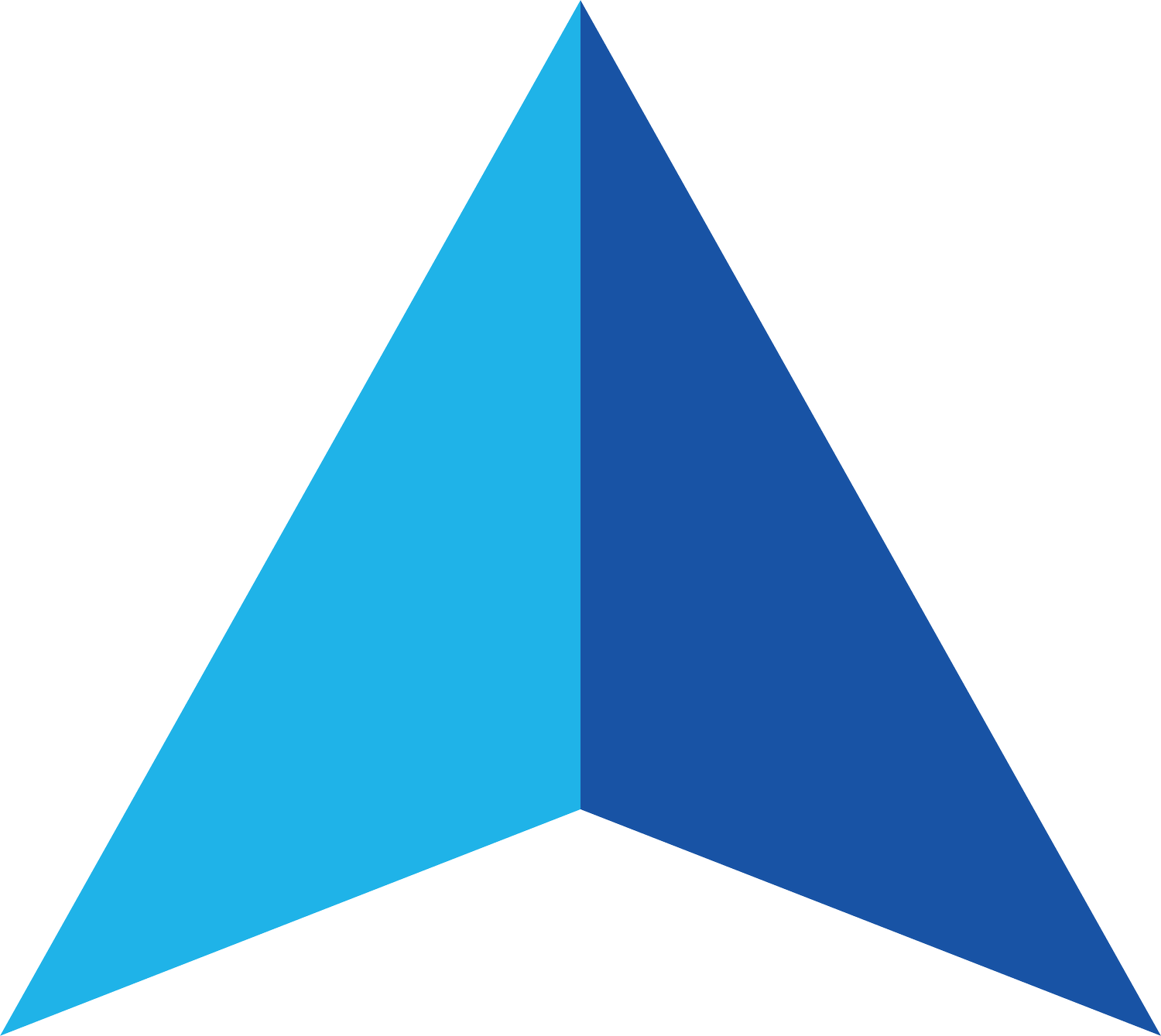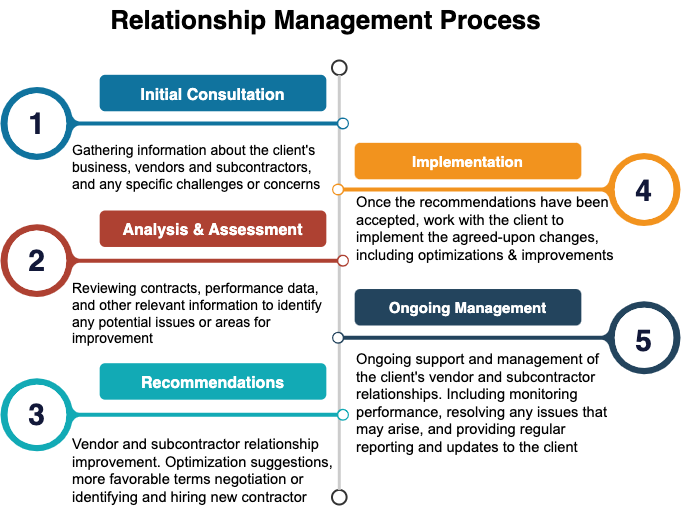Kanban
Kanban is a continuously improving process Agile methodology to manage and improve workflows by visualizing work items and limiting the amount of work in progress tasks, prioritizing based on customer demand, and continuously improving the process. The work items are represented by cards that move through different stages of a process, from start to finish. The movement of these cards is visualized on a kanban board, which provides a real-time view of the work in progress and helps identify bottlenecks and inefficiencies.
The core principles of kanban include:
Visualizing the workflow
Limiting the amount of work in progress
Prioritizing work based on customer demand
Continuously improving the process
Kanban can be used in a variety of settings, from manufacturing and software development to personal task management. It can help teams improve collaboration, communication, and productivity by providing a clear, visual representation of work and a structured approach to managing it.
When To Use Kanban?
It is a good approach to use in situations where you need to deliver high-value work quickly and efficiently, and where you need to control the flow of work and prevent bottlenecks and delays.
Kanban is particularly well-suited to projects with complex or uncertain requirements, where the team needs to be flexible and adaptable in order to navigate the complexity and uncertainty. It is also well-suited to projects where collaboration and communication are important, and where the team needs to work closely with stakeholders and customers.
Kanban is not well-suited to projects with well-defined requirements, where the team can deliver high-value work quickly and efficiently using a more structured and disciplined approach, such as Scrum or SAFe®. In these cases, a more flexible and adaptable approach, such as Scrum or Scrumban, may be more appropriate.
Kanban pros and cons
Pros:
Visual Management: Clear visual representation of work.
Flexibility: Adaptable to various workflows.
Continuous Delivery: Supports continuous delivery model.
Efficient Resource Utilization: Optimizes resource allocation.
Cons:
Dependency Management: Struggles with task dependencies.
Limited Planning Structure: Less structure for long-term planning.
Requires Team Discipline: Success relies on team discipline.
Potential for Scope Creep: Flexibility may lead to scope creep.
People Also Viewed









